The holidays are upon us, and sometimes that leads to silly things. Silly things like voice actors giving a little something special to their fans for no other reason than to maybe make some of them crack a smile. Cam Clarke and David Hayter, both legends in their own right, did exactly that. The two got together in front of a Christmas tree, dressed up like office coworkers who take holidays way too seriously, and forced the classic “The Night Before Christmas” story into a mold shaped like a Metal Gear. Look, just watch the video:
That was something else, wasn’t it? It’s always a treat to hear David Hayter bust out the ol’ Solid Snake voice, since he was tragically replaced with Keifer Sutherland for the Metal Gear Solid V series. Normally you’d have to retreat to Super Smash Bros. Ultimate to hear new Hayter/Snake content, but now this exists! Clarke is extremely Cam Clarke, and it’s always fun to hear his Leonardo come out when he gets excited.
If you want to hear more of these voices in your video games, you can find Hayter in Smash and Super Bomberman R reprising his Solid Snake role, and look forward to his role as Zangetsu in the upcoming Bloodstained: Ritual of the Night. He also plays Jeremiah in The Long Dark, and Lieutenant Renn in Dragon Age: Inquisition. Clarke can be found in the likes of Fire Emblem, Final Fantasy XIV, Skylanders, the Tales Of series, and even Xenogears among others.
30 Years of Metal Gear
-
Metal Gear (1987)
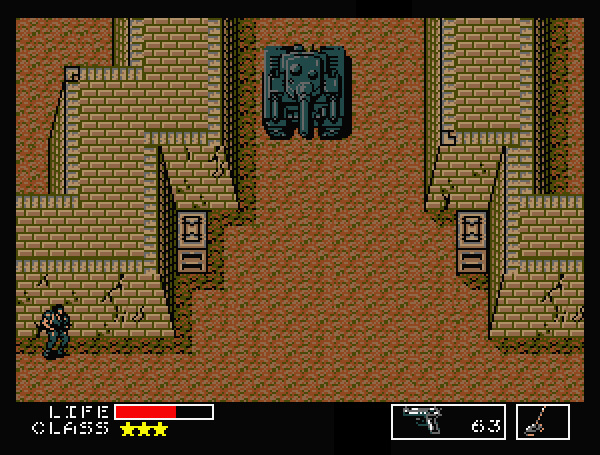
Originally released for the MSX2 in 1987, PlayStation owners weren't able to play the original Metal Gear until the release of Metal Gear Solid 3: Subsistence in 2005. While it may be 30 years old, a lot of the series' key features (such as stealth mechanics and using radio communication) were established here. It's surprising how well it has held up over the years, and is a testament to Kojima's everlasting design.
-
Metal Gear 2: Solid Snake (1990)
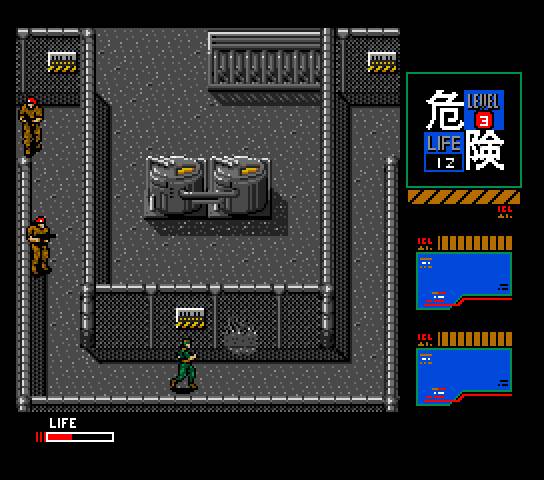
Never released in America until 2006, Metal Gear 2: Solid Snake was the MSX2 sequel to the original (and shouldn't be confused with Snake's Revenge for the NES). If the first game set the template for the series, the sequel perfected it. It features a better story than the original game, and more mechanics (such as being able to crawl) allowed players to sneak around better than ever before. It was a 2D marvel, but also one that would be the series' last release for eight years.
-
Metal Gear Solid (1998)
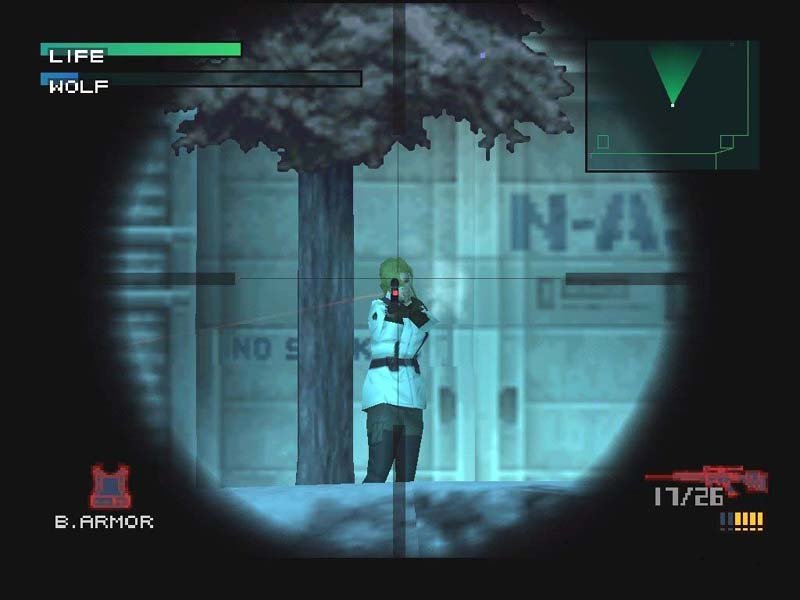
Nobody could've expected that a new 3D entry in the series would make it one of the most popular gaming franchises in history, but Metal Gear Solid did just that. Gaming technology had improved to a point where Kojima's vision could be realized, and the incredible PlayStation title proved a new high point in terms of in-game cinematics and interactive storytelling. On top of its phenomenal narrative, it also featured top-notch gameplay, and innovative sequences that toyed with what could be done within the medium (such as Psycho Mantis reading players' memory cards).
-
Metal Gear Solid: VR Missions (1999)
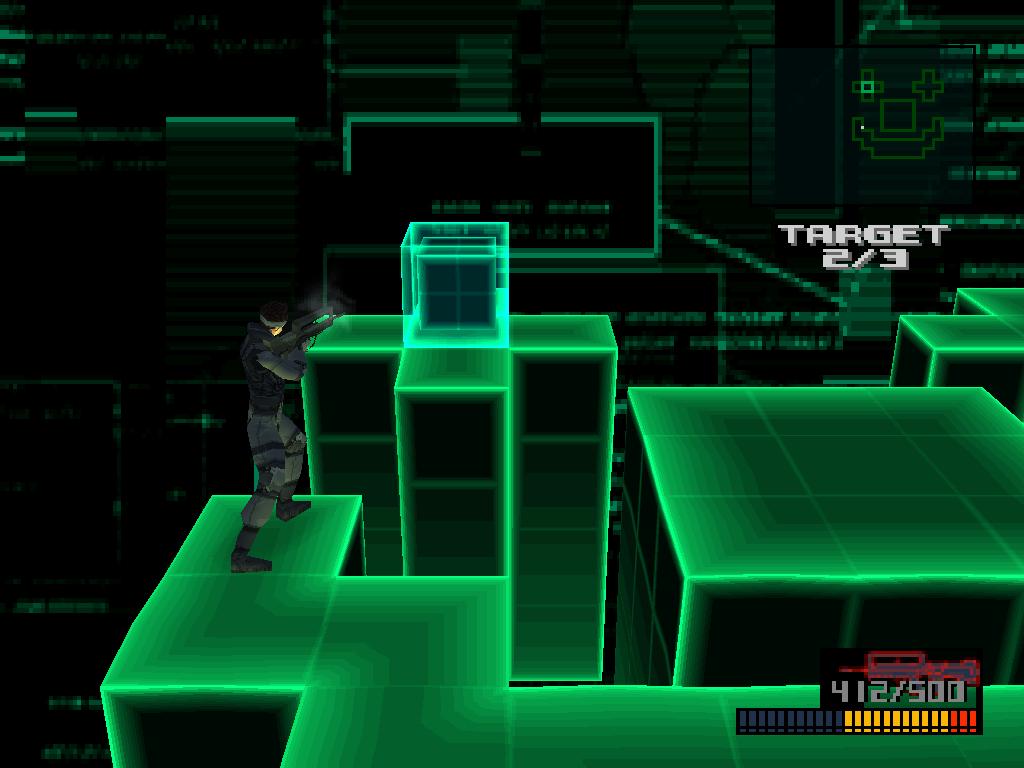
MGS proved to be such a success that Konami released an enhanced version called Integral the year after. The three disc set also featured a set of 300 VR training missions, which would be released as Metal Gear Solid: VR Missions in North America. Players couldn't get enough of the series' tactical espionage action, and Konami was more than happy to serve it up to players.
-
Metal Gear Solid 2: Sons of Liberty (2001)

Two years later the follow-up to the original would release on PlayStation 2, and it came with a number of surprises. Much to the shock of fans anticipating another adventure starring the ultimate cool guy protagonist Solid Snake, Metal Gear Solid 2: Sons of Liberty didn't actually star him! Instead it was an incredible bait and switch as players controlled a new protagonist named Raiden through the game's incredible story that becomes more relevant with every passing year. This move enraged some fans at the time, but its true genius has definitely been recognized in retrospect. An enhanced version of the game, called Substance, was released in 2003.
-
Metal Gear Solid 3: Snake Eater (2004)
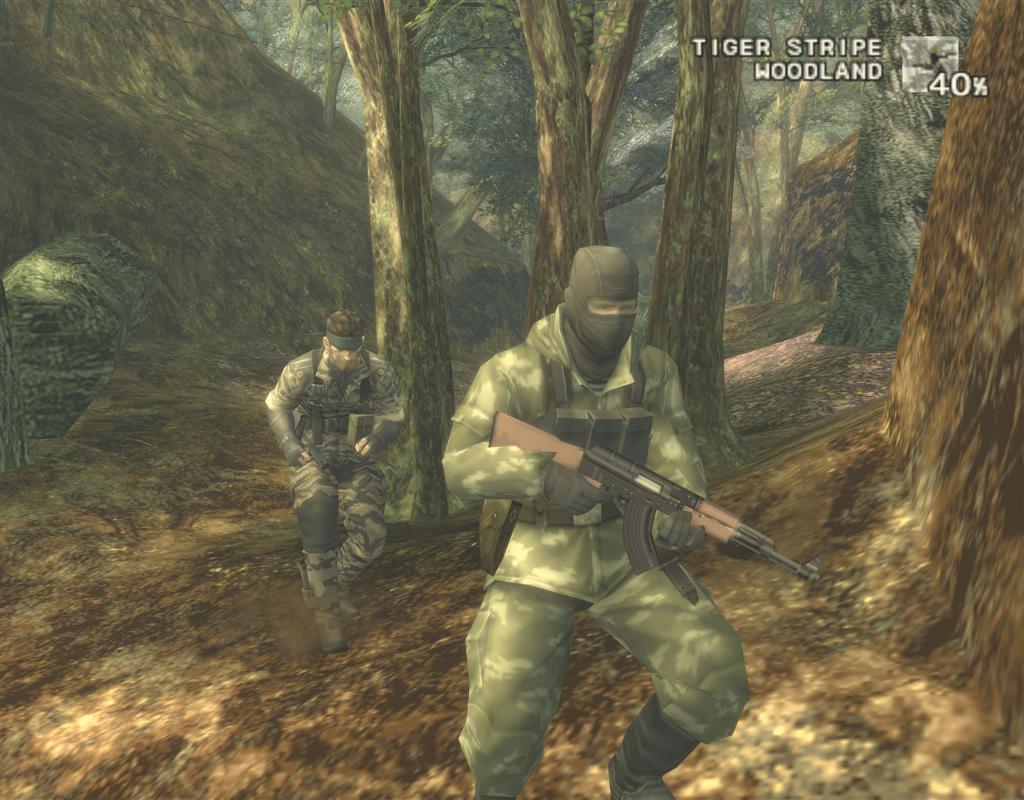
Hideo Kojima isn't one to give players what they want, but rather what they need, and Metal Gear Solid 3: Snake Eater is a classic example of that. While fans were dying to know what Snake and Otacon were up to next, the series instead went forty years into the past to focus on the exploits of Big Boss. This move worked on a multitude of levels as it allowed Kojima to craft an incredible spy thriller that took advantage of tensions brought on by the Cold War, while also providing key backstory to the series' world. The original 2004 release of the game featured some issues, though, but the difficult to manage camera was fixed in 2006's Subsistence.
-
Metal Gear Acid (2004)
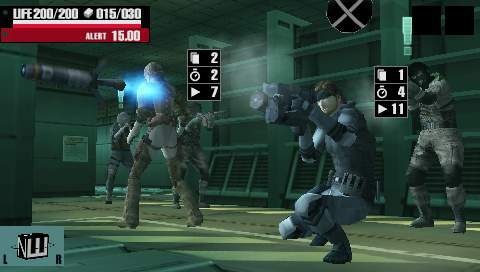
2004 also marked the year that the series debuted on PlayStation Portable in Japan as Metal Gear Acid released. This card game turned the stealth series into a turn-based RPG. A lot of fans were disappointed at the time (due to it not being a full-fledged MGS game), but those with an open mind found a lot to like. Acid has remained a cult classic ever since.
-
Metal Gear Acid 2 (2005)
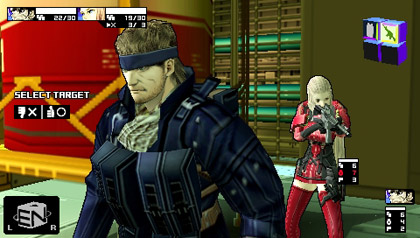
The original game was one of the early hits for the PSP, and a sequel (appropriately called Metal Gear Acid 2) was released the next year. It kept the same card gameplay of the original, but also added new mechanics that made it an even better experience. It also debuted a gorgeous looking cel-shaded art style that has helped it stand the test of time.
-
Metal Gear Solid: Portable Ops (2006)
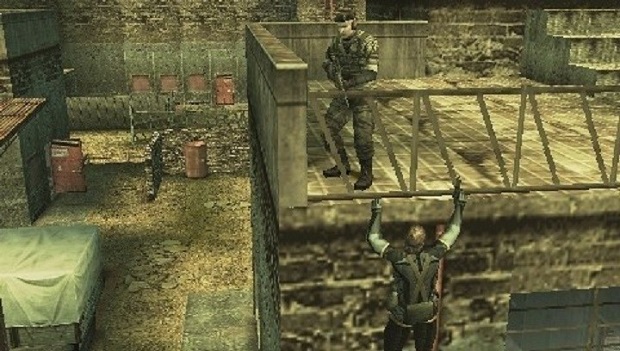
Fans that wanted a full-fledged MGS game on the go were finally satisfied in 2006 as Metal Gear Solid: Portable Ops released for Sony's handheld. The game was a technical marvel at the time, but has become the black sheep of the series due to Hideo Kojima only working on the game as a producer. The game is worth playing for any fans of the series, but it has essentially been retconned by the games that followed.
-
Metal Gear Solid 4: Guns of the Patriots (2008)
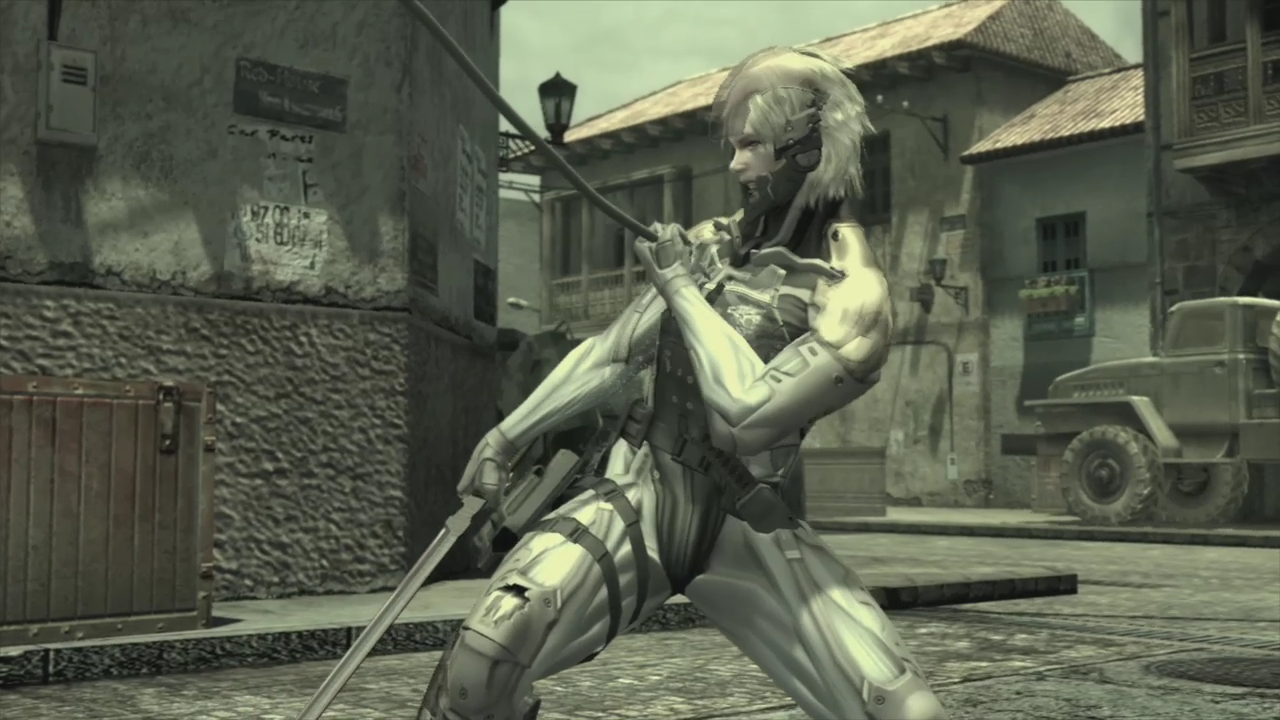
The reason why Kojima wasn't involved in the development of Portable Ops was due to him being hard at work on Metal Gear Solid 4: Guns of the Patriots. The highly anticipated PS3 exclusive finally released in 2008 to critical acclaim, and was a fitting end to Solid Snake's story. It also tested the patience of some gamers, as its lengthy cutscenes came under scrutiny, and caused debate at the time. Looking back, the controversy it stirred looks rather silly, but it also shows how much further gaming has come as a medium as players are more accepting now of cinematic storytelling.
-
Metal Gear Solid: Peace Walker (2010)

While Solid Snake's story was done, there was plenty of Big Boss' backstory to explore. Metal Gear Solid: Peace Walker did just that on PSP, and adapted the series' signature stealth action to a mission structure. This would set the stage for what would follow on consoles, and was compared heavily to Monster Hunter at the time of release. It's quietly become one of the most beloved titles in the series, and is the favorite title of many gamers thanks to its HD rerelease in 2011.
-
Metal Gear Rising: Revengeance (2013)
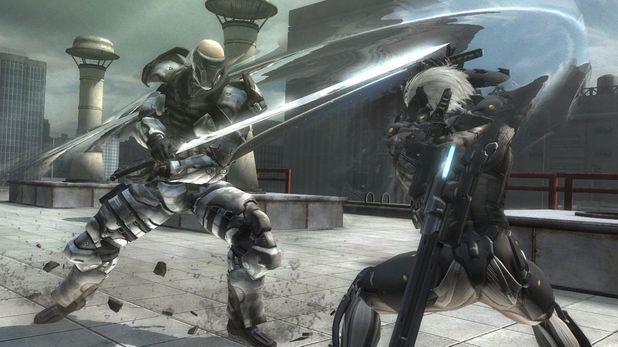
The next game of the series was a divisive one, as Metal Gear Rising: Revengeance was an action title starring Raiden. The Platinum Games developed game was largely criticized for its short playtime, as the full-priced product could be completed within just a few hours, but also managed to win over plenty of players due to its difficult to master combat. It's the rare title in the series that isn't universally beloved, but one that did show that the series had a future beyond Kojima.
-
Metal Gear Solid V: Ground Zeroes (2014)
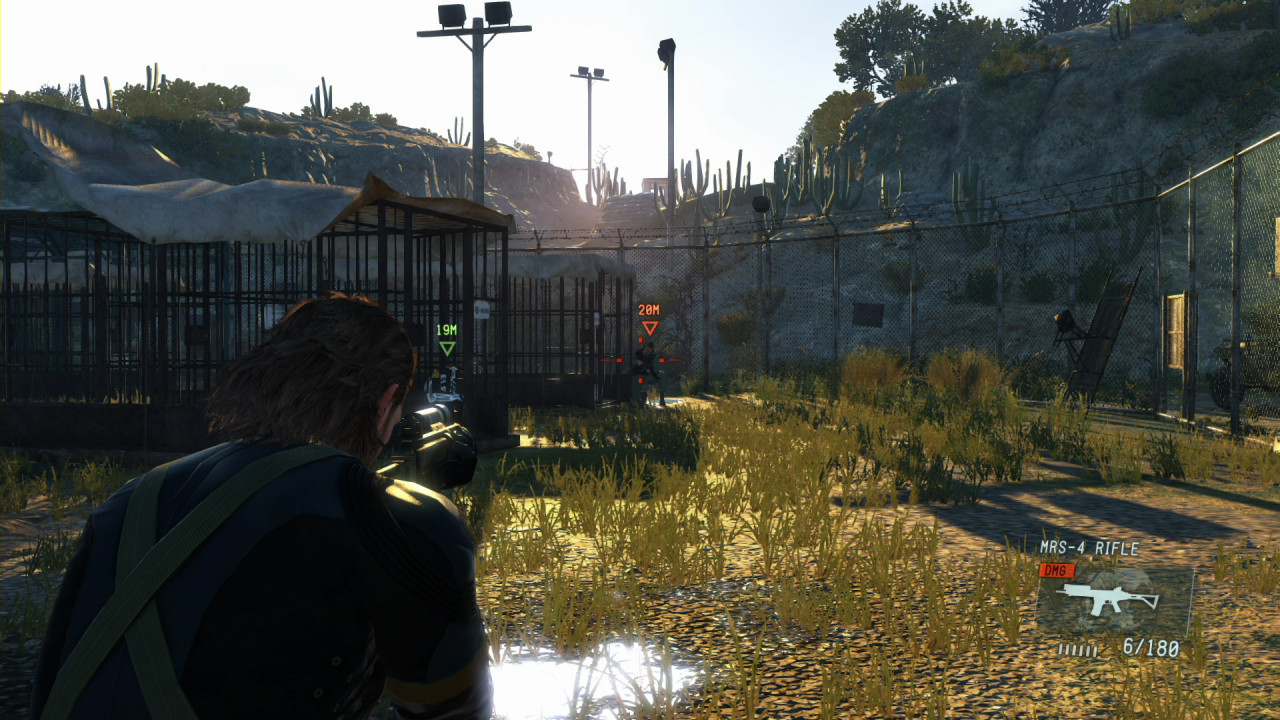
The next full-fledged console outing was split into two titles, and the first of which, Metal Gear Solid V: Ground Zeroes, released in 2014. This replayable prologue allowed players to get used to MGS V's incredibly refined gameplay before The Phantom Pain releassed. It was the first time that the series played as good as the story that drew players in, and marked a new high point in terms of gameplay.
-
Metal Gear Solid V: The Phantom Pain (2015)
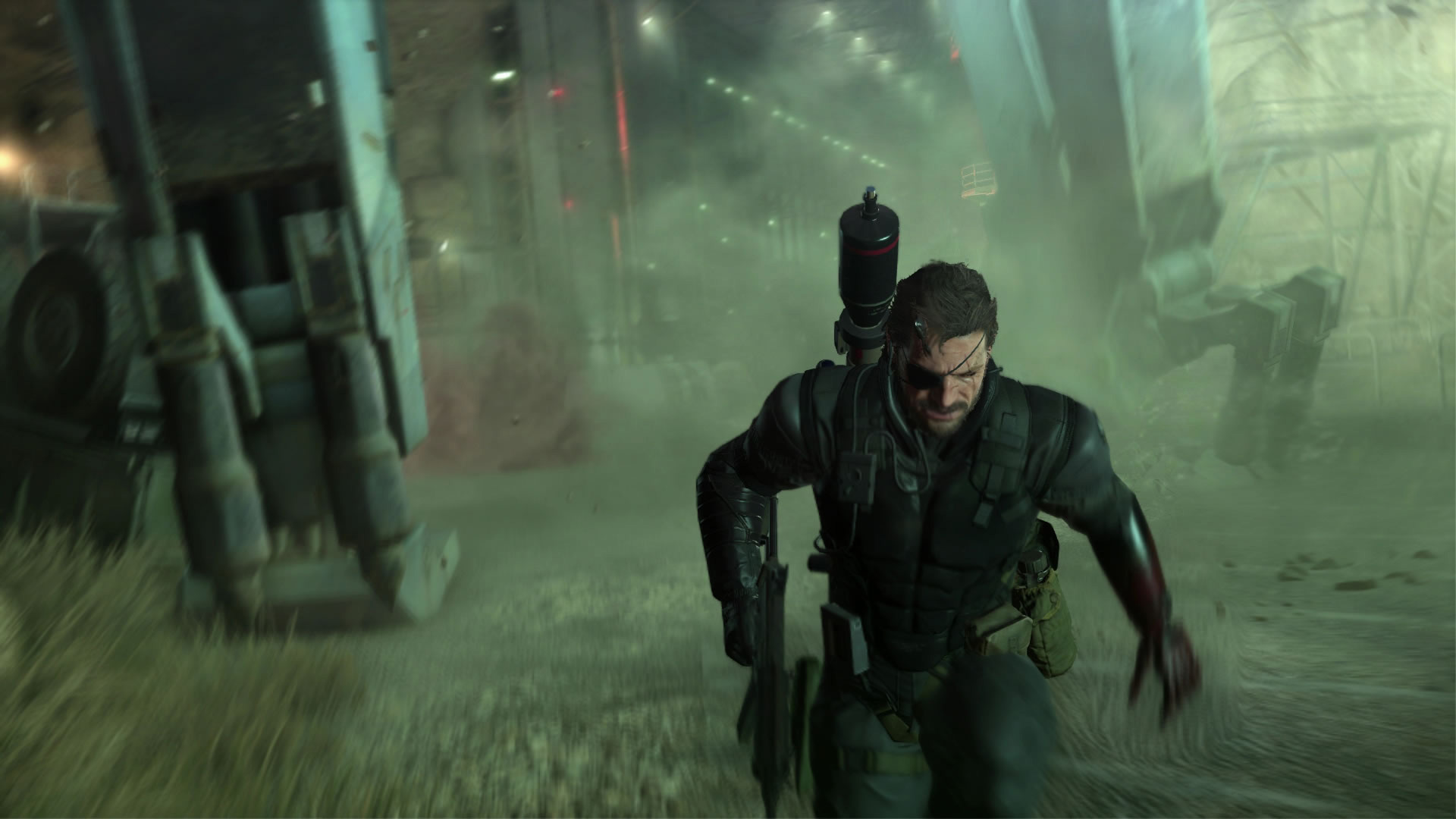
The next year, Metal Gear Solid V: The Phantom Pain released and took the series in a new open-world direction. Adapting the mission structure from Peace Walker was a controversial choice, as some missed the linear structure of past games, but it also allowed Kojima to do something new in his last game in the series. For the most part, the changes paid off as its one of the best playing PlayStation 4 titles. It also features one of the most shocking twist endings ever, and the main series ended on a phenomenal high note.
-
Metal Gear Survive (2018)
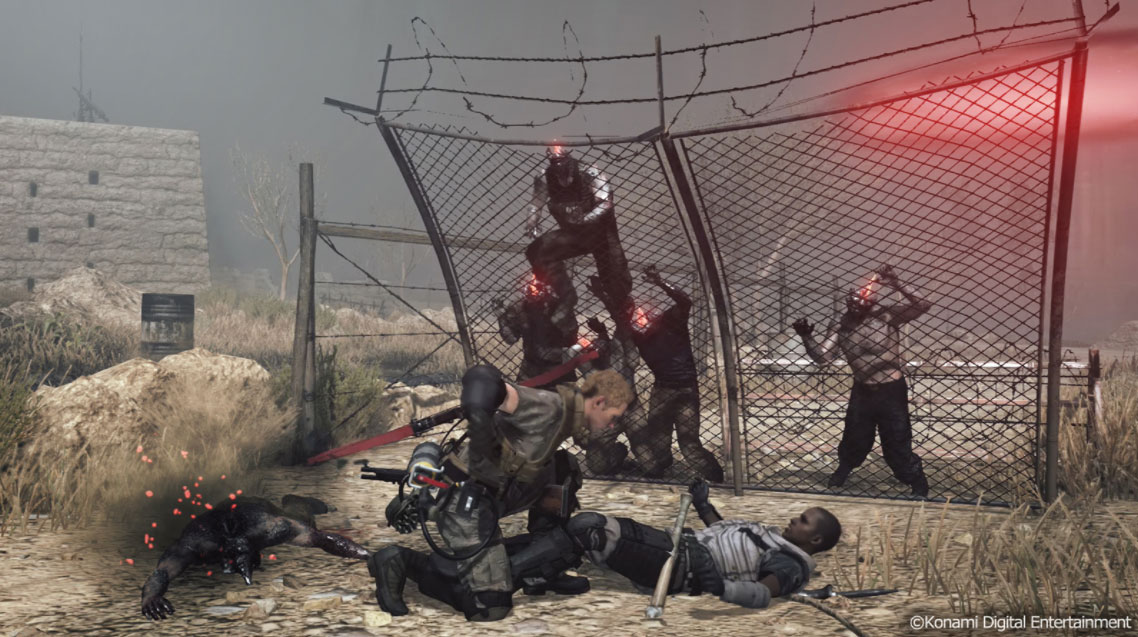
While Kojima may no longer be at Konami, the series is still going to continue in some form. The next title to feature the Metal Gear name is a cooperative spin-off called Metal Gear Survive. While it's easy to dismiss as a cash grab from the publisher, it plays great (which is no surprise considering it's based upon MGS V) and is looking to be one of 2018's most intriguing releases.




